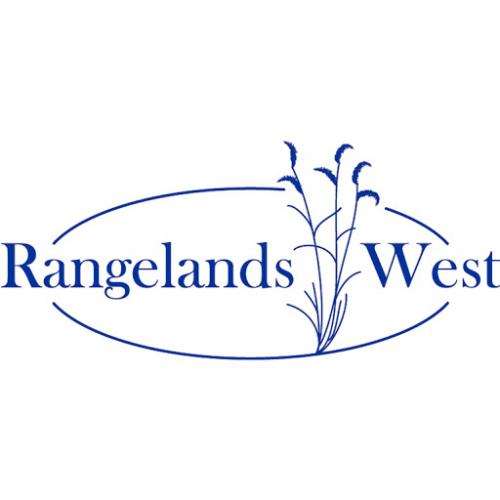Animal identification is necessary to maintain production records and is useful in making management decisions related to your herd. Angus heifers were divided into two treatments; dry ice (DI; n = 20) or liquid nitrogen (LN; n = 20) to evaluate the effects of two commonly used freeze branding techniques. Two complete sets of 4-inch copper alloy branding irons were submerged in separate cooling solutions. Branding location was cleaned of debris and clipped using surgical clippers. Dry ice (DI) heifers were branded for 30 seconds with branding irons cooled using a solution of dry ice blocks (20 lbs) and pellets (5 lbs) that were mixed with approximately 2.5 gallons of 99% isopropyl alcohol. Liquid nitrogen (LN) heifers were branded for 20 seconds with branding irons cooled with liquid nitrogen. Four months after branding, brand quality was evaluated by averaging a numerical score assigned by two observers using a brand readability scale (BRS) of 1 to 5 with one being the most difficult to read and five being the easiest read. Humidity, wind speed and temperature were used to compare the differences in brand quality for heifers branded in the morning (AM) verses those branded in the afternoon (PM). Data were analyzed using SAS GLM procedure. The treatment X time of day interaction was not significant (P=0.10). DI received a significantly higher (P < 0.01) brand readability scores than LN heifers (. Freeze branding with DI for 30 seconds resulted in improved BRS than LN for 20 seconds in this demonstration. If brands are desired, freeze branding with DI for 30 seconds can provide easy-to-read identification.
source:abstract

Articles, citations, reports, websites, and multimedia resources focused on rangeland ecology, management, restoration, and other issues on American rangelands.